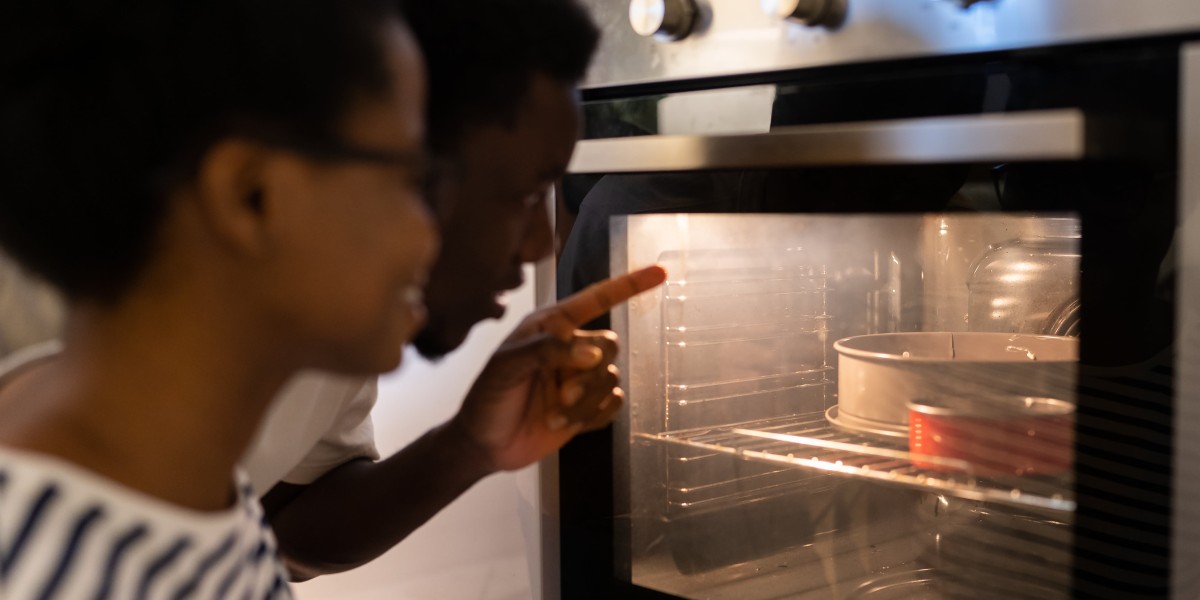Smart Door Phones: The Frontline of Connected Security
As security, convenience, and connectivity converge in the smart home and building automation era, door phones—once simple intercoms—are now sophisticated communication and security hubs. Also known as video door phones or intercom systems, these devices have evolved into essential tools for controlling access and enhancing safety across residential, commercial, and industrial spaces.
With real-time video, remote access, and smart integration, modern door phones are redefining how we interact with the entry points of our environments.
What is a Door Phone?
A door phone is a communication system that enables two-way audio—or in advanced models, audio-visual—communication between a person at an entrance and a resident or security personnel inside a building. It can be wired or wireless, and today’s models often connect to smartphones or centralized building systems via the cloud.
Core Components
Outdoor Unit: Includes camera, microphone, speaker, call button, and sometimes a keypad or RFID scanner.
Indoor Unit: A screen or audio receiver where users view, talk, and control door access.
Connectivity Module: Wi-Fi, Ethernet, or cellular for remote communication.
Access Control Integration: Door unlocking via app, facial recognition, key fob, or passcode.
Key Features of Modern Door Phones
✅ HD Video & Night Vision: Real-time surveillance at any hour
✅ Remote Access via Mobile App: Answer the door from anywhere
✅ Two-Way Communication: Hear and speak with visitors clearly
✅ Access Logs: View entry history and video snapshots
✅ Cloud Storage: Save recordings for security audits
✅ Smart Integration: Sync with Alexa, Google Assistant, or smart locks
✅ Multi-Dwelling Capabilities: Ideal for apartments or commercial properties
Applications Across Sectors
Residential:
Enhanced safety for homeowners
Deterrence against package theft or break-ins
Convenient access control for deliveries and guests
Commercial Offices:
Visitor management
Secure access during off-hours
Integration with employee entry systems
Apartments & Condos:
Centralized lobby control
Multi-user access
Remote unlocking for deliveries or services
Industrial & Warehousing:
Control entry points in large facilities
Real-time visitor logging
Integrate with surveillance and alarm systems
Benefits
? Improved Security: Know who's at your door before opening it
? Informed Decisions: Monitor entry points in real-time or through recordings
? Remote Convenience: Manage from anywhere with your smartphone
? Multiple User Access: Allow family or coworkers customized control
?️ Scalability: Works for single homes or multi-unit complexes
Challenges
⚠️ Privacy Concerns: Must adhere to local data protection laws
? Network Dependency: Reliability hinges on stable connectivity
? Cost Considerations: Advanced systems may be expensive for smaller properties
?️ Installation Complexity: Wired systems require more setup, though offer higher reliability
Market Outlook
The global smart door phone and video intercom market is witnessing robust growth, driven by trends like:
Increased home automation adoption
Rising awareness of residential and commercial security
Growth in smart city infrastructure
IoT and AI integration in building technologies
The market is expected to expand significantly through 2032, fueled by 5G, edge computing, and facial recognition innovations.
Conclusion
Today’s door phones do far more than just ring a bell—they connect, protect, and inform. Whether in homes, offices, or industrial facilities, they serve as intelligent gatekeepers in an increasingly connected world. As part of a broader smart security ecosystem, door phones are becoming essential components of the modern digital infrastructure, offering peace of mind and control at your fingertips.
Read More








